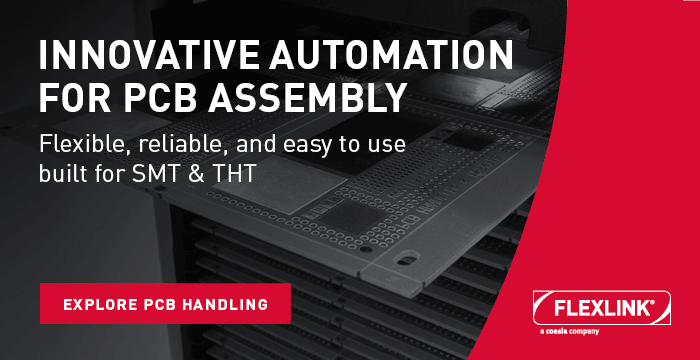
© evertiq
Business |
Why you would not want a hacker near your car
Then again, the hacker might not need to be that close to your car in any case.
Back in the old days – when cars were still cars – you could only hack into a vehicle by breaking the window glass. An act of cruelty I believe, especially when we are talking about a 1967 Chevy Impala or a 1962 Ford T-bird.
And with a little bit of mechanical intuition you could actually repair that Chevy all by yourself. Nowadays you'd need an electrical engineering degree and the patience of a saint.
Traditional safety and security telematics services such as stolen vehicle tracking or remote diagnostics have been around for some time now. Most car manufacturers offer those with their premium-class vehicles. However; slowly but surely, focus is being shifted towards protecting vehicles against cyber-attacks and intrusions.
While no real case of malicious car hacking has been reported – yet – the possibilities are there. You can find numerous videos on YouTube or articles about how some teenager managed to unlock a car or switch on both windscreen wipers and stereo.
When it comes to dis-enabling the brakes however, hacking someone's car suddenly becomes much more serious. Most would argue that these threats have an even greater potential to harm passengers.
If we add autonomous vehicles – not to mention driverless cars – to the mix … security becomes and even bigger concern. Software and connectivity plays a much bigger and more critical role for the safe driving of vehicles.
So, what can car manufacturers do to make this nuisance a non issue, or how do we secure the connected car?
Actia Nordic, a Swedish company working with automotive electronics, specialised in OEM telematic and diagnostic integration, is working on solutions to keep this issue at bay. Christian Sahlén, Vice President an Actia Nordic, will join us at TEC LIN to talk about what we need to consider when securing the connected car.

